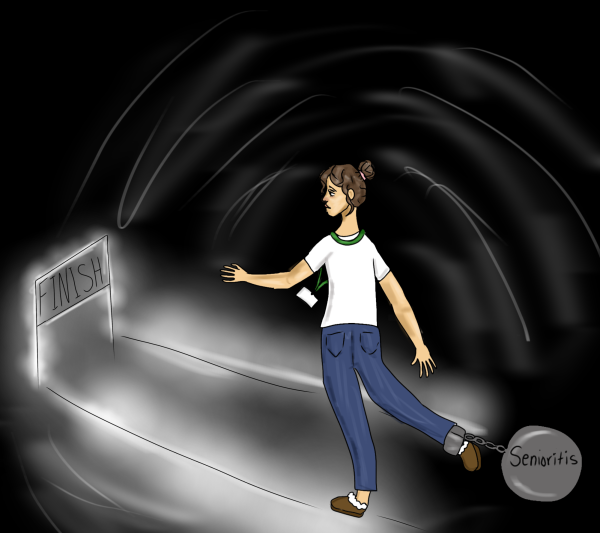Why Zoos Are Morally Wrong
Going to the zoo is a fun and interesting experience, especially for younger children. Getting to see animals interact in person can be an impactful moment; however, zoos are some of the worst places for animals to be. Up close, the zoo is a fun and educational place, but one does not have to look too far to see the ugly truth behind zoos. Simply put, animals should not be taken away from their homes for the amusement of humans, and they certainly should not be used for the profit of humans.
One of the most indefensible offenses by zoos is the stripping of animals from their homelands. A bird indigenous to South Africa should not be put in the Central Park Zoo and be gawked at by every on-looker. “Zoos are necessary to teach children about animals, but it is sad for the animals,” says sophomore Jake McDonald. Just because animals do not talk, it does not mean they should have no rights. Even in their best forms, zoos strip animals of their right to live in their habitats. On top of that, zoos also keep animals from doing many things that are natural to them in the wild. In zoos, animals’ space to roam is confined. This takes away from many animals who would migrate out in the wild. It simply is not fair that animals who are put in zoos have to experience life differently than they would in the wild. Deborah DeBetta, a health teacher, says, “I love animals and care about them, but I feel that zoos, although they are fun, are somewhat wrong. It’s a moral conundrum.” This exemplifies how many feel, conflicted.
When talking about the morality of zoos, there are extremes for both those who agree and disagree with the morality of zoos. Some zoos truly care about their animals and treat them well, while there are other zoos that are much worse to animals than the average zoo. In this case, while zoos can be fun and education, it is morally corrupt to place animals in captivity. There are too many cases of zoos mistreating animals, which leads to death or low-quality of life, for zoos to be considered morally acceptable. Sophomore Brad Greissman says, “I don’t think zoos should be able to mistreat animals.”
Some may believe animals do not mind zoos and may even prefer zoos over the wild. While this theoretically could be true, animals often show signs of hating their enclosures and, in some extreme cases, even becoming crazy from stress related to their confinement. The medical term for this is zoochosis. Zoochosis is something very common for zoo animals and very disturbing altogether. Animals who suffer from this mental illness tend to pace back and forth for long spurts. This is the result of them not being able to handle their containment any longer. One of the first examples of Zoochosis was Gus, the polar bear in the Central Park Zoo. Gus was seen swimming in figure eights and even stalking children from underwater. Gus is one of many examples of the pain that zoos put on animal’s mental state.
Zoos have proved to be the wrong place for animals, and it is in the hands of humans to stop putting wild animals in zoos. DeBetta says, “I believe sanctuaries are a great alternative to zoos, because they help animals.” If humans truly want to help animals, it should not be by getting people to look at them for profit.
I am a sophomore at Lynbrook High School, and a contributor to Horizon. I enjoy watching and playing sports with friends.






































